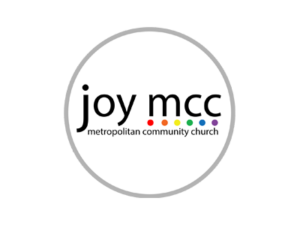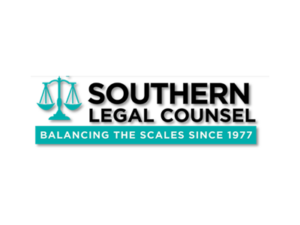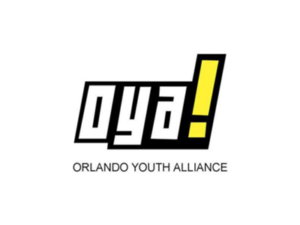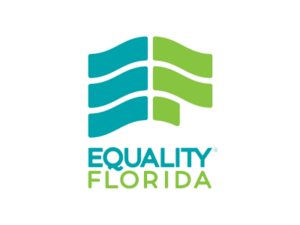Press & Media
Same-Sex Couples Ask New Mexico Supreme Court to Protect Their Right to Marry
Press & Media
NCLR Hails Historic Supreme Court Decisions Striking Down Federal Defense of Marriage Act and Restoring the Freedom to Marry in California
Cases & Advocacy
Frazier v. Goudschaal Amicus
Marci Frazier and Kelly Goudschaal were in a same-sex relationship and decided to have children together through insemination. Kelly was the birth mother for their two children, who they then raised for many years as co-parents. They co-parented the children for a period of time after separation, but then Kelly cut off contact between Marci and the children.
MorePress & Media
NCLR Responds to U.S. Supreme Court Oral Argument in Defense of Marriage Act Case
Press & Media
NCLR Responds to U.S. Supreme Court Oral Argument in Proposition 8 Case
Press & Media
Same-Sex Couples File Lawsuit Seeking the Freedom to Marry in New Mexico
Legislation & Policy
Maryland Marriage Equality
Same-sex couples have been able to marry in Maryland since January 1, 2013. On March 1, 2012, Governor Martin O’Malley signed H.B. 438, a bill that allowed same-sex couples to marry. However, opponents gathered signatures to put a referendum that would have repealed the new law on the ballot. On November 6, 2012, the referendum did not pass. NCLR worked as part of a broad coalition to help pass the bill and defeat the referendum.
Even before this law went into effect, Maryland already recognized marriages between same-sex couples entered in other jurisdictions. On May 18, 2012, the Court of Appeals of Maryland (the state’s highest court), ruled in Port v. Cowan that Maryland must recognize an out-of-state marriage of a same-sex couple if the marriage was valid in the state where the couple married. Under the legal doctrine of “comity,” the court held that Maryland must recognize out-of-state marriages for purposes of divorce and for all other purposes, even if the couple could not have entered into the marriage within the state.
Information about relationship recognition in other states .
MoreLegislation & Policy
Equal Access to Fertility
- Relationships & Family > Parenting
- Relationships & Family > Reproductive Justice
- Discrimination > Healthcare
California fertility service providers are permitted to offer people seeking to conceive using a known sperm donor access to certain fertility services on the same terms as different-sex couples under Assembly Bill 2356 (2012), which went into effect January 1, 2013. This bill was authored by Assemblymember Nancy Skinner and co-sponsored by Equality California and the National Center for LGBTQ Rights.
Increasingly, women in same-sex couples, transgender people, and single women are asking trusted friends to act as sperm donors in order to conceive a child. California was the first state to legally recognize that people may use known donors (not just anonymous sperm donors) to conceive a child.
However, people using known donors could not access the same fertility services as women in different-sex relationships. Different-sex couples can have insemination services using fresh sperm. Known donors’ sperm must typically be frozen and quarantined for six months. Insemination using fresh sperm is more effective and less costly.
AB 2356 allows providers to provide insemination services using fresh (unfrozen) sperm to people using known donors. Providers are not required to offer this service, but this law clarifies that they may offer it.
MorePress & Media
NCLR Responds to U.S. Supreme Court Decision To Take Proposition 8 and Defense of Marriage Act Cases
Legislation & Policy
Federal Hospital Visitation Rule
The National Center for LGBTQ Rights was a lead partner with the Department of Health and Human Services (HHS) on the development of the administration’s historic Hospital Visitation Rule. The Rule came at the direction of President Obama who urged HHS to identify ways to protect the hospital visitation rights of all patients through policy change. NCLR worked closely with HHS on the final rule, which guarantees equal treatment in hospital visitation to all patients and their loved ones regardless of sexual orientation, gender identity, biological relationship, or marital status. Subsequent to the introduction of that Rule in 2011, we have worked closely with HHS on implementation. We co-hosted a webinar with HHS, which provided education on the impact of the Rule and “Best Practices‚” for working with the LGBTQ community. We continue to work with HHS to clarify that this Rule also applies to nursing homes and hospice facilities.
More








